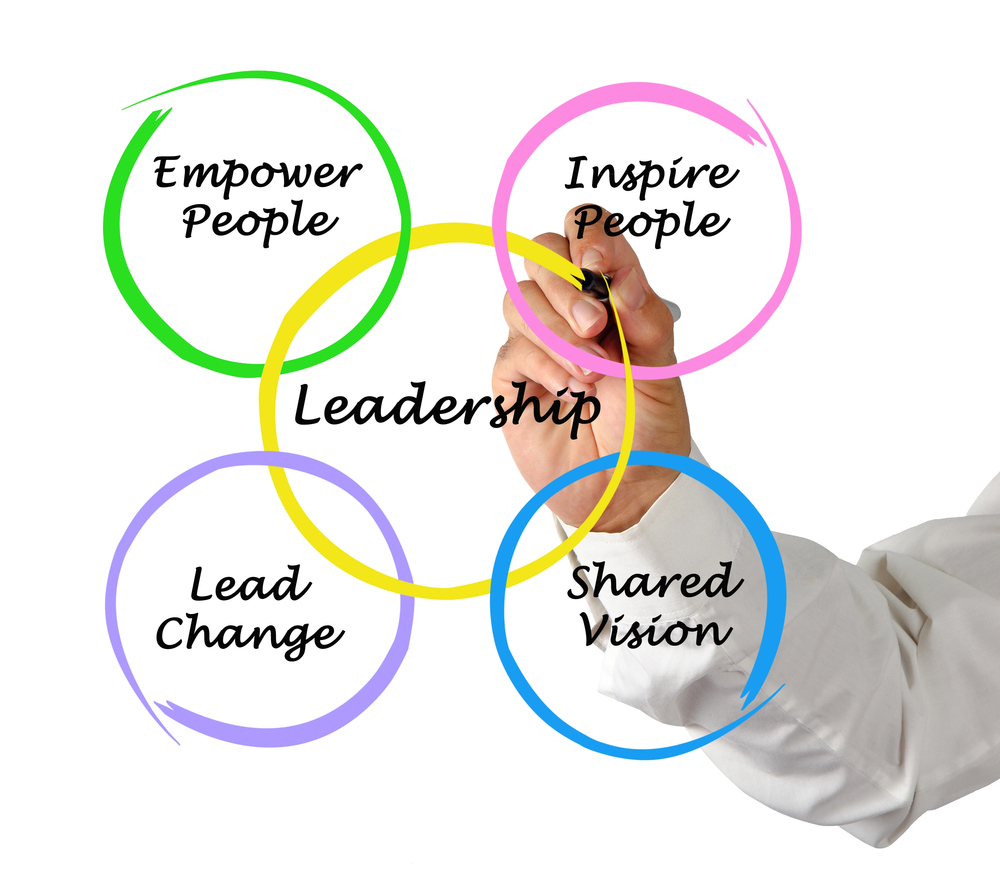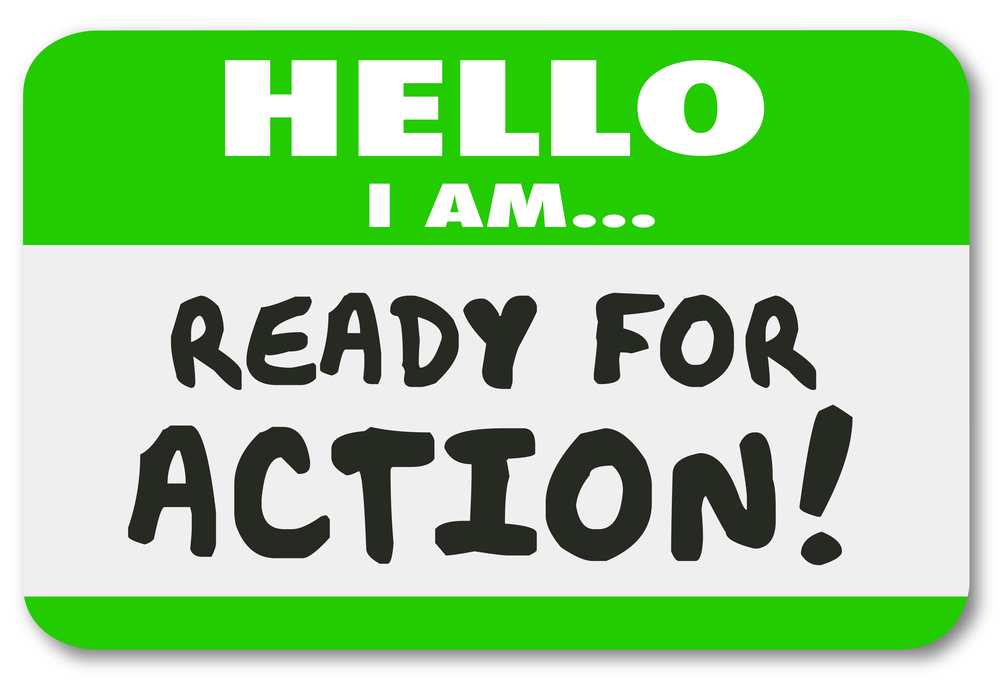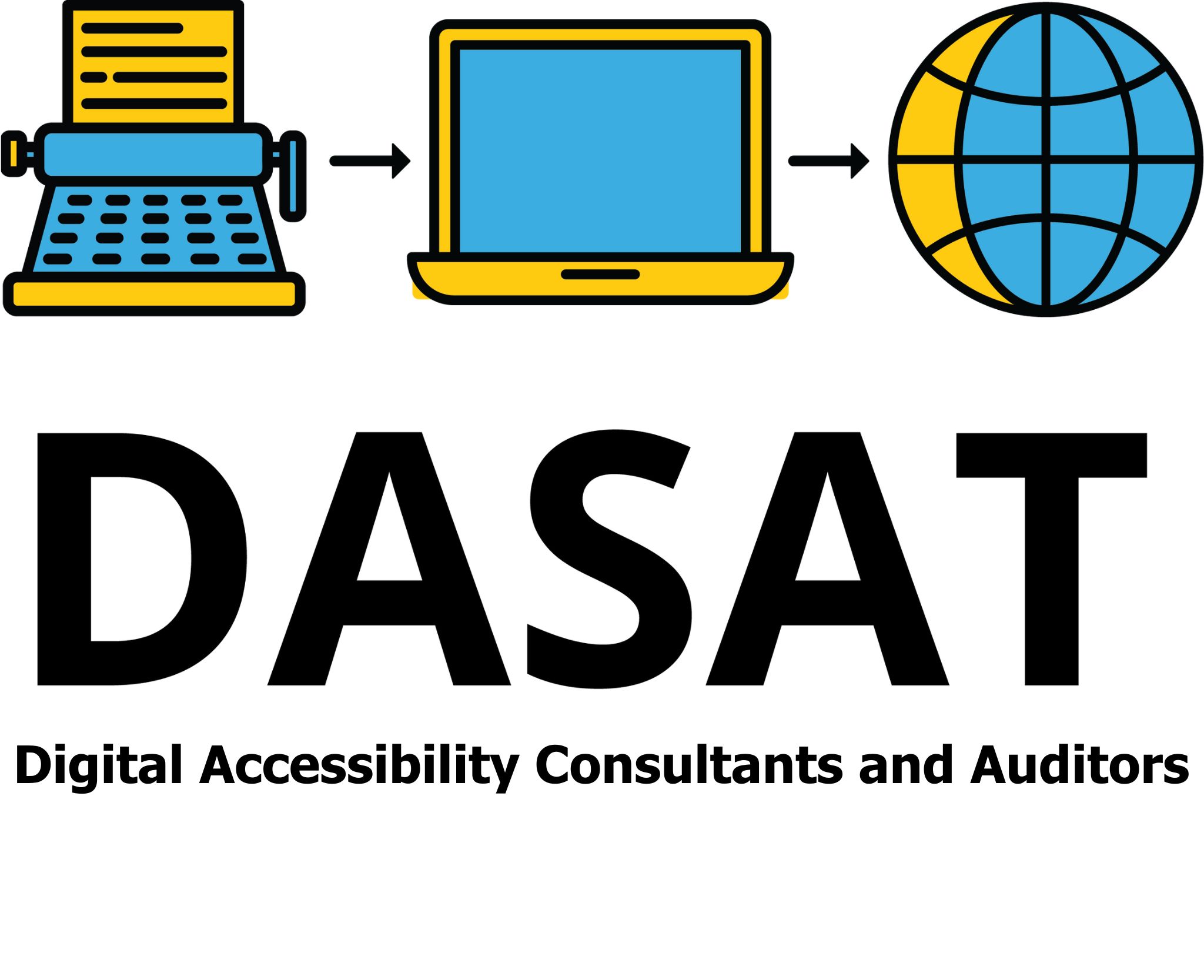
Strong leadership and policy include good digital accessibility. It doesn’t happen by chance. Like any initiative, it requires strong leadership, clear policies, and a commitment to inclusion by all in the organisation from the top down. Without that, even the most talented teams and best intentions can fall short.
Across Australia, organisations from government, private sector and not for profit organisations are starting to understand that digital accessibility isn’t just a technical issue. It’s a leadership and policy issue too. When leaders make digital accessibility a priority, the change flows through all parts of the organisation. When they don’t, progress stops, and people get left behind.
If you’re new to the topic, you can explore more about the importance of inclusive digital design in our DASAT digital accessibility articles.

Leadership Sets the Tone
When a CEO, director or senior executive speaks about digital accessibility, people listen. Leadership helps shape culture. It drives priorities.
If accessibility is seen as optional or “something we’ll get to later,” it won’t be done well, or at all. When leaders talk openly about accessibility, back it with funding, and include it in strategic plans, it becomes part of everyday thinking and the operating procedures.
Leaders who value accessibility don’t just talk about it. They make space for it. That might mean:
- investing in training,
- update organisational operating procedures and guidelines,
- updating old systems, or
- reviewing how teams approach content and design.
Strong leadership also means choosing to listen. Involving people with disability, staff, and users early can lead to better, more inclusive outcomes. The Centre for Accessibility Australia provides great insights into how organisations can begin that process.

Good Policy Makes Inclusion Sustainable
Leadership drives the vision. Policy makes it stick.
Without good policy and clear procedures, accessibility efforts can be inconsistent or disappear when staff change or budgets shift. Policies provide structure. They guide teams on what’s expected and how to meet those expectations.
A strong digital accessibility policy should include:
- clear goals and responsibilities,
- alignment with recognised standards,
- regular review and improvement cycles, and
- procedures for testing, feedback, and user engagement.
This isn’t about creating a one-off document to tick a box. It’s about making accessibility part of everyday work. Practical procedures matter too, like how to request accessible content, what tools to use for checking compliance, and how to respond to user feedback.
When everyone understands their role, from project managers to communications teams, accessibility becomes easier to manage and harder to ignore.

Accessibility Is a Risk and Reputation Issue
Accessibility isn’t just about doing the right thing. It’s also about avoiding costly mistakes.
Failing to meet accessibility standards can lead to legal challenges, complaints, or damage to reputation. That’s especially true for government services, where digital platforms are often the main way people access information and support. The Australian Human Rights Commission outlines clear responsibilities under the Disability Discrimination Act 1992.
Leaders need to view accessibility as part of risk management. Good policies, clear procedures and trained staff help prevent problems before they start.
Over time, this approach builds community trust and protects the organisation’s reputation and risk compliance.

Culture Change Starts at the Top
Embedding accessibility takes more than a good policy. It takes a shift in mindset.
This kind of change starts with leadership. When senior teams model inclusive behaviours, celebrate progress and reward best practice, accessibility becomes part of how success is measured.
It also means moving away from the idea that accessibility is “extra work.” With strong leadership, accessibility is recognised as core to quality. It becomes everyone’s job. Not just the responsibility of one specialist or advocate.
Some of the most inclusive organisations have one thing in common: leaders who show up. They:
- ask questions about accessibility,
- attend inclusion briefings,
- check in with their teams and communities, and
- act on what they learn.
The South Australian Government’s Inclusive Digital Guidelines are a good example of how public sector leaders can embed accessibility into digital processes.

The Payoff Is Big
When leadership and policy come together, the benefits are real.
Accessible digital services:
- reach more people,
- improve customer satisfaction,
- reduce complaints, and
- make content easier to understand for everyone.
They also build stronger teams. When staff know how to create accessible content, they create better content overall. Workflows improve. Mistakes are caught early. Staff feel more confident and supported. Documents become more usable.
In this way, accessibility becomes a strength not a stress. It supports inclusion, innovation, and quality across the board.
For ongoing support, visit DASAT’s homepage.

Final Thoughts
Digital accessibility isn’t about checking boxes or fixing code. It’s about creating systems where inclusion is built in, not bolted on. That requires:
- leaders who care, and
- policies that support consistent action.
If your organisation wants to create meaningful, lasting change, start at the top.
Make digital accessibility part of the conversation. Invest in good policies and procedures. Lead with inclusion.
Because when leadership and policy work together, digital access becomes possible for everyone.
